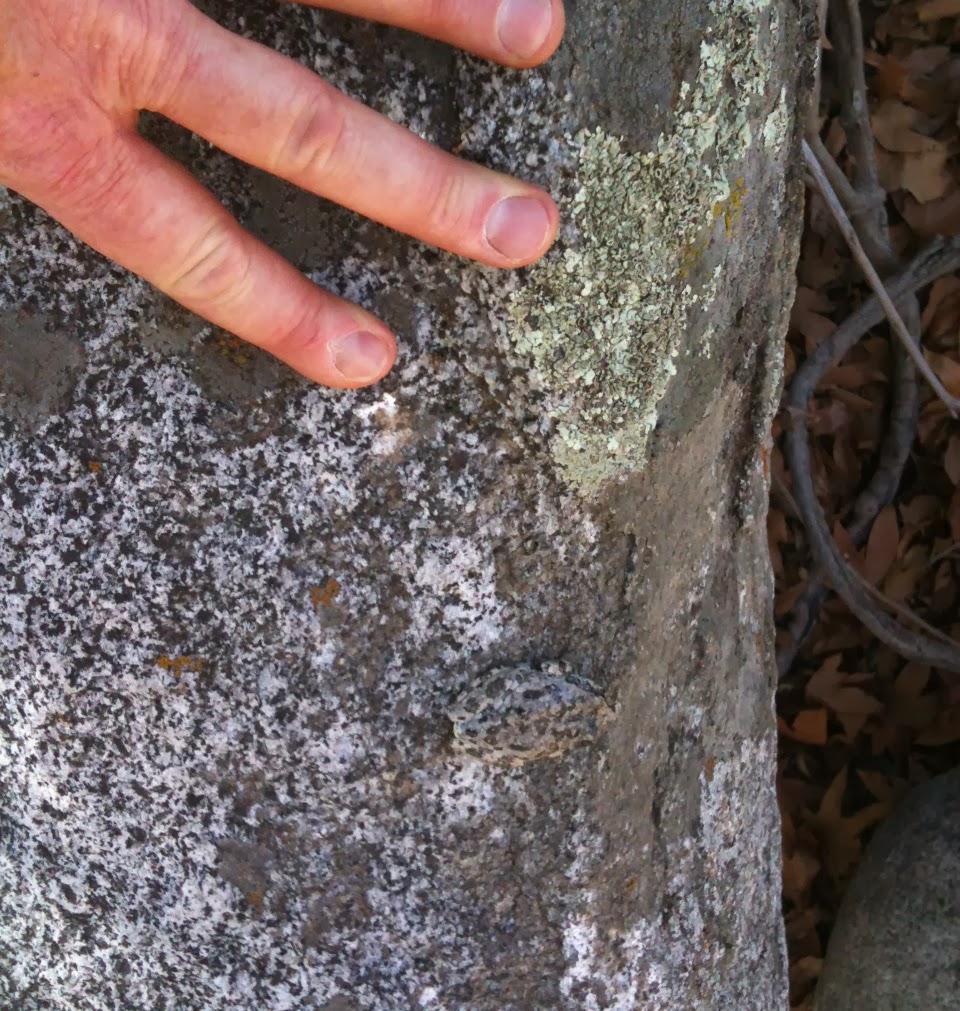A letter in today's Press Enterprise dismisses global warming, and the work of thousands of scientists, as natural cycles. I've written a rebuttal, however, because the PE's reply format is severely restricted, I'm using this post as a landing place for anyone interested in learning more about climate science.
Several years ago I tried to package climate data into interactive graphs that allow anyone with a Flash-enabled browser to quickly study paleoclimate and instrumental temperature records:
- Instrumental temperature and other climate related measurements: Instrumental Temperature Record
- Paleoclimate data: Ice Core Data
UPDATE: I provided this link to answer a commentator's question about volcanic vs anthropogenic CO2:
UPDATE 2: Another person shared this link:
Letter: letters-to-the-editor-headlines/20140228-letter-earth-has-cycles.ece
NOTE: It is appalling how limiting the response format at the PE is. If the PE allowed the space, I would have said this:
Jason, the following is settled: Atmospheric CO2 levels govern Earth's global temperature and have done so for, at least, the past 1 million years. Atmospheric CO2 levels contribute to the rise and fall of cold glacial and warm interglacial climates. The current rise in CO2 levels from the pre-industrial values of 270 ppm to 400 ppm are from human activity. The 400 ppm (and rising) CO2 level has no precedent going back a million years. The rate at which CO2 is rising has no precedent for a million years and likely for tens of millions of years. This rise is changing the climate. The poles are warming. The icecaps are melting. The oceans are warming and becoming more acidic. Less settled but still well-supported, the jet stream is becoming more prone to blocking patterns that create extreme weather such as storms and drought. If you want to suggest otherwise on any of these points, you need to cite evidence, something stronger than "cycles". Your claim that government is exploiting the opportunity is unsupported. Your claim that scientists have a financial stake is unsupported and absurd. Because the PE's response format doesn't allow for a thorough explanation, I'll politely explain the science to anyone at my blog.The PE's format isn't good for much more than short insults. -- Correction: I had a pleasant conversion at the PE site.
jg










